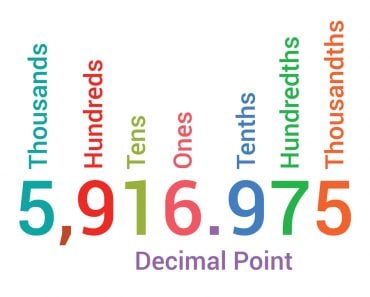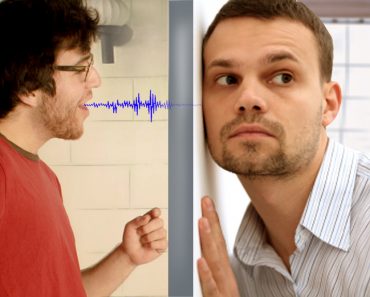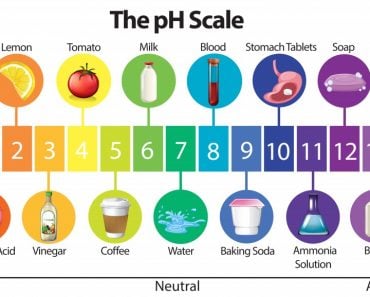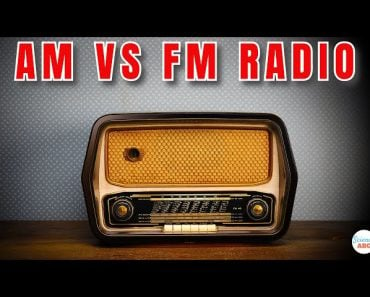Table of Contents (click to expand)
The decibel is used to measure sound levels. It is represented by dB and is widely used in signals, communication, and electronics. The term decibel can be used to express an absolute value or a change in value (+1 dB or -1 dB).
The decibel is a unit of measurement used globally to gauge sound levels in a given environment. It is a logarithmic scale that expresses the ratio of one value of a physical property to another, making it an exponential unit. In the medical field, decibels are associated with normal hearing.
In most urban areas, music cannot be played louder than a certain decibel level after a specific time at night. Certain areas like hospitals or schools are designated as “silent zones,” where noise levels inside and outside the area must not exceed a specific decibel limit. Decibels are primarily used to measure volume in many other places.
However, it varies from standard units such as meters, kilograms, and hertz because the decibel is a ratio between two values.
Recommended Video for you:
Decibel Definition
The decibel (dB) is a unit of measurement used to quantify sound levels, signals, communication, and electronics. It can express an absolute value or a change in value (+1 dB or -1 dB). In the former case, it represents the ratio of a value to a reference value.
Despite its widespread use, the decibel is often misunderstood. Unlike kilograms or meters, which are defined quantities of mass and distance, respectively, decibels measure the relationship between two power values. They allow us to comfortably talk about numbers of different magnitudes without dealing with large numbers or scientific notation.
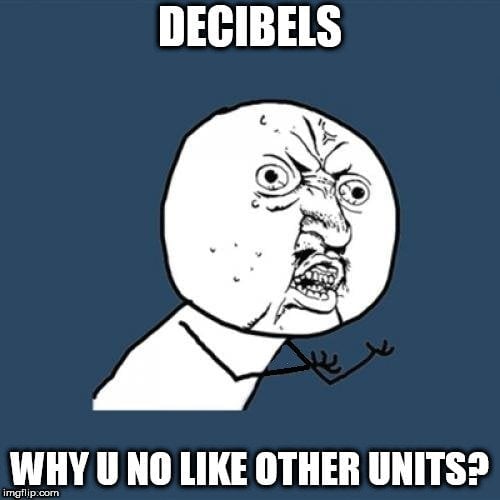
To use decibels, we determine the ratio between the two quantities and convert it into a logarithm. When dealing with power quantities, the number of decibels is ten times the logarithm to base 10 of the ratio of two power quantities.
In simple words, decibels tell you that “10 to the power of this number gives you the ratio of these two quantities.”
For instance, something that is ten times as powerful as a reference value is 102 times more powerful, so that becomes 20 decibels.

Why Do Decibels Follow A Logarithmic Scale?
Logarithms are incredibly convenient when dealing with numbers that have large differences, which is why decibels are logarithmic. The human ear can hear a wide range of sounds, and the ratio of the sound pressure that causes permanent damage to the ear to the limit that undamaged ears can hear is over a million.
Due to the vastness of this range, logarithmic units are very useful in certain situations.
How Can The Decibel Value Be Negative?
Decibels are not an absolute measure of sound energy but a comparison with a reference value.
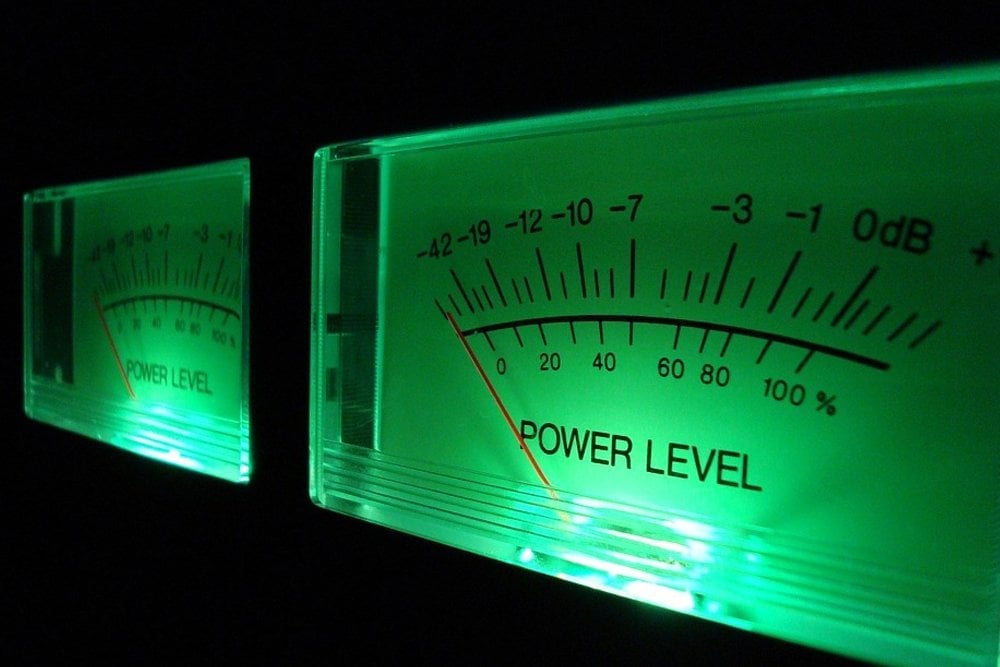
Decibels and the Celsius scale share a common concept. Both scales use 0 as a reference point. In the Celsius scale, 0 represents the freezing point of water. Similarly, in the decibel scale, 0 dB is the minimum sound level that a human ear can perceive without any external assistance.
If the sound level is positive, the sound is louder than the minimum threshold, while negative dB means the sound is softer. However, the meaning of 0 dB varies depending on the context. In professional sound equipment, 0 dB is the maximum level before distortion occurs.
Although decibels have no objective relation to acoustics, they are still used as a convenient way to express noise levels in discussions regarding human hearing.
Last Updated By: Ashish Tiwari
References (click to expand)
- HEARING LOSS.
- Decibels.
- Decibel Scales: Sound Pressure Level and Sound Intensity ....
- Kumar, S., Bhushan, P., Prakash, O., & Bhattacharya, S. (2018, March 5). Double negative acoustic metastructure for attenuation of acoustic emissions. Applied Physics Letters. AIP Publishing.
- How to Read an Audiogram | Iowa Head and Neck Protocols.
- Acoustics: Introduction to MIDI and Computer Music.


